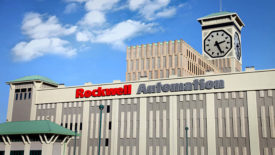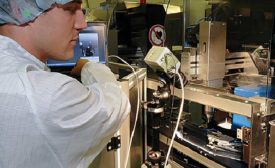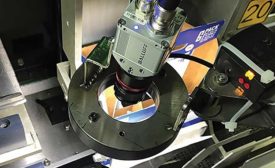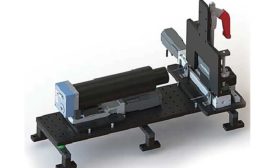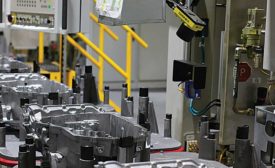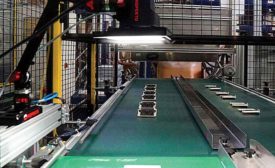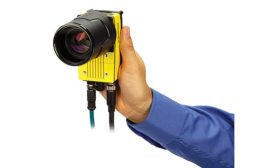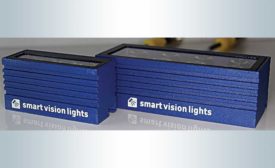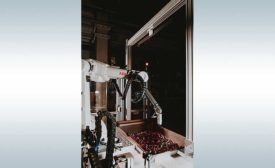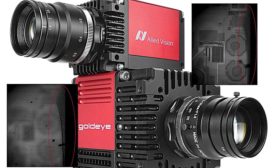Home » vision systems
Articles Tagged with ''vision systems''
Auto Industry Drives New Vision Technology
Bin picking and parts inspection applications address quality concerns
November 6, 2019
Deep Learning Machine Vision
In just a few short years, deep learning software has improved to the point that it can classify images better than any traditional algorithm—and may soon be able to always outperform human inspectors
May 6, 2019
Advances in Color Vision Inspection
Color cameras are becoming more affordable and less complex.
January 9, 2019
Random Bin Picking Comes of Age
New technology enables robots to see and act more like humans.
November 7, 2018
Never miss the latest news and trends driving the manufacturing industry
Stay in the know on the latest assembly trends.
JOIN TODAY!Copyright ©2024. All Rights Reserved BNP Media.
Design, CMS, Hosting & Web Development :: ePublishing
